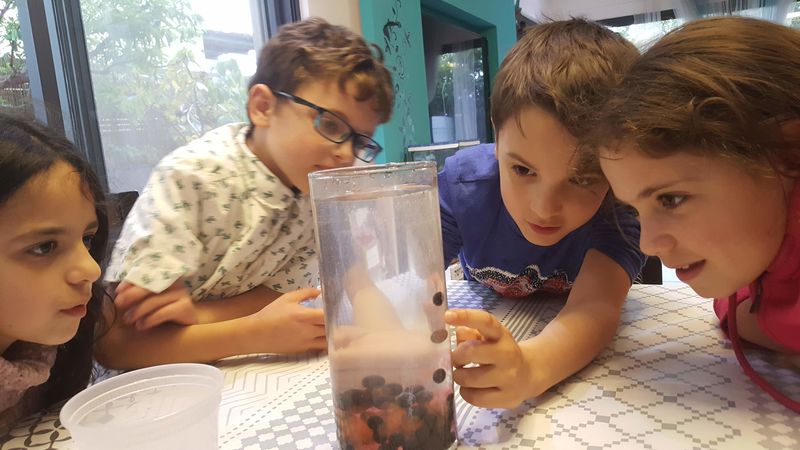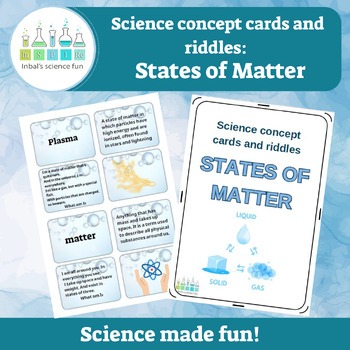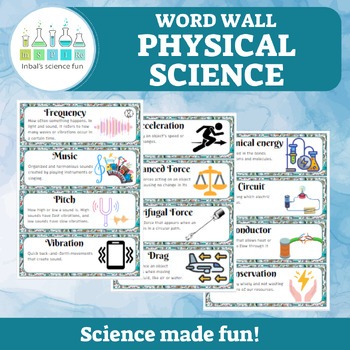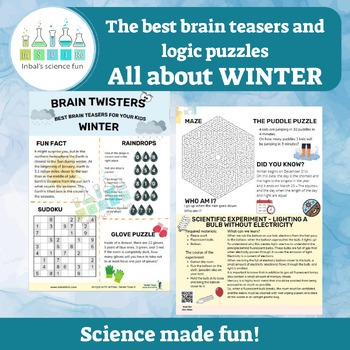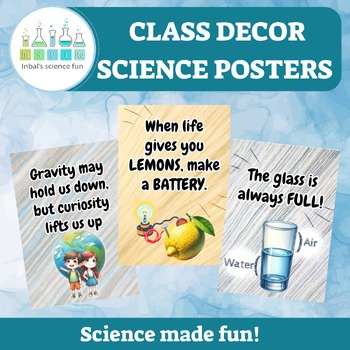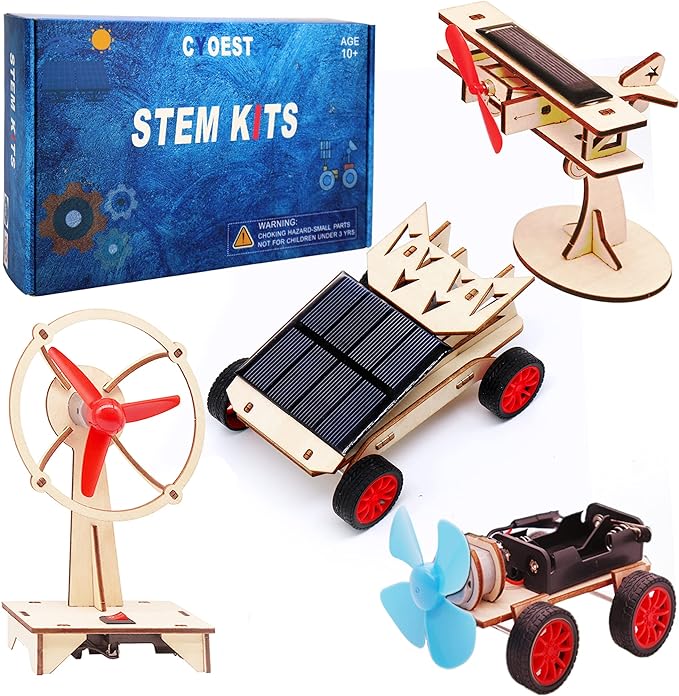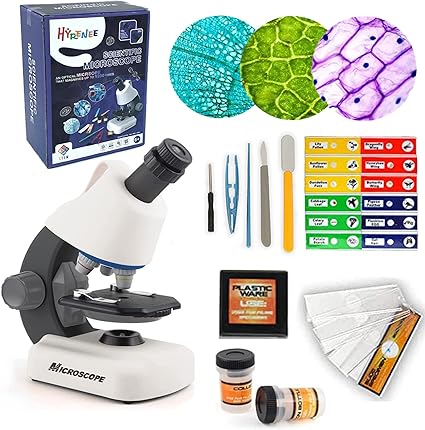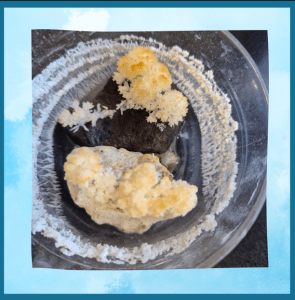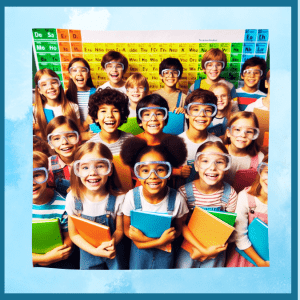Fast Ice Cream in 5 minutes!
Making ice cream at home is a fun and delicious science experiment the whole family can enjoy. With just a few simple ingredients and some clever chemistry tricks, you can transform cream, milk, and chocolate powder into rich, creamy ice cream in just minutes – no ice cream maker required!
By using salt to lower the freezing point and vigorously shaking the mixture, tiny ice crystals form instead of one large solid mass. The result is an airy, scoopable treat that puts store-bought ice cream to shame. Best of all, this hands-on activity provides an engaging way to learn about states of matter, freezing point depression, and the effects of agitation on crystal formation. Get ready to explore some sweet science in the kitchen!
Materials:
– 2 ziplock bags (one small and one large)
- Heavy cream
- Milk
- Chocolate milk powder
- Ice
- Salt
- Spoon
What to do?
- Open the large bag and fill half of it with ice (crushed ice works best).
- Add half a cup of salt to the bag and set it aside.
- Open the small bag and pour in:
- Half a cup of milk
- Half a cup of heavy cream
- A spoonful of chocolate milk powder
**You can, of course, put any ice cream recipe into the small bag
- Seal the small bag tightly and place it inside the large bag.
- Seal the large bag tightly and start shaking.
- Shake for five minutes until the ice cream is ready!
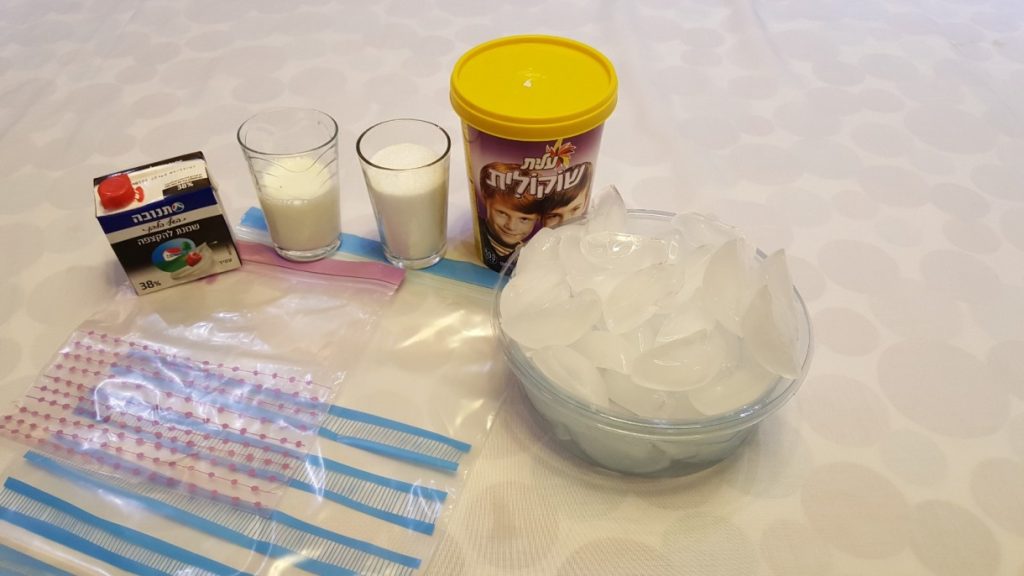
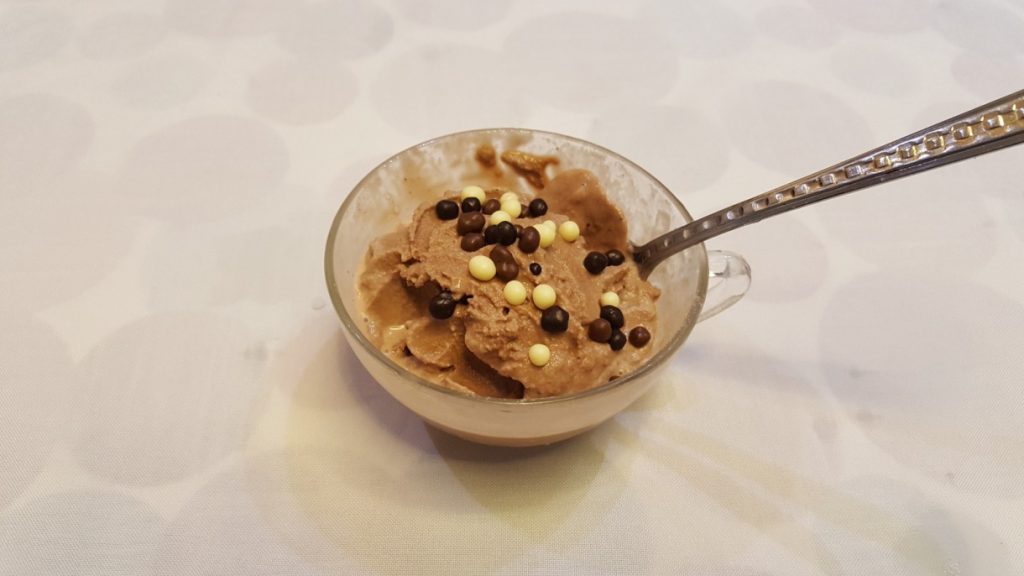
How does this happen?
In this experiment, we take cream, milk, and chocolate powder and turn them into ice cream within minutes without using a freezer – pure delicious scientific magic.
First, let’s explain what ice cream is and what gives it that beloved creamy texture.
If we took the ingredients we used and put them in the freezer, we would not get ice cream. We would get a hard chocolate-flavored ice block.
So what is the actual difference between the two methods? What did we do that allowed us to turn it into soft, airy ice cream? The secret is in the mixing.
When water freezes, it turns into an ice crystal. A crystal is a very ordered form in which the water molecules arrange themselves like Lego bricks in an organized, rigid structure. This crystal is essentially like one large, hard ice cube – an ice block. To make ice cream, we constantly mix the liquid, preventing the formation of a large, ordered crystal. Instead, many tiny crystals form. Of course, this form is much less rigid, accounting for the textural difference. Additionally, the mixing incorporates air bubbles between the ice crystals, making the ice cream even softer and airier.
How did the ice cream freeze so quickly, and why did we add salt to the ice?
Adding salt to ice causes the freezing point of water to lower, meaning the water remains liquid at a lower temperature. This turns our ice bag to a very affective freezer.
Looking for more tasty experiments for kids? Check out Rainbow fo colors
We’d love to showcase your creativity!
Share pictures of your experiments with us, and together, we can inspire young scientists everywhere!
